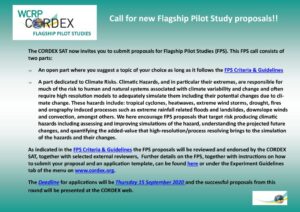The Polar CORDEX meeting was held online 5-7 October 2020 with the aim to present updates by the Arctic and Antarctic CORDEX community and discuss future projects/collaborations. The meeting had a very good gender balance with 12 women and 14 men. The participants were mainly from Europe and North America, but there were also participants from India, Chile, Argentina and Japan.
Arctic and Antarctic scientific highlights
The Arctic CORDEX session had seven science presentations, which focused on new modelling efforts, key drivers of Arctic cyclones, simulations of future climate change, and teleconnections. One of the highlights was an improvement in simulation of temperature at the snow/ice surface in the CCLM model.
The four science presentations in the Antarctic CORDEX session focused on new modelling efforts, improved understanding of clouds, and efforts to model surface mass balance. One of the highlights was details of a new model to Antarctic CORDEX, the polar region climate model NHM-SMAP (Japan Meteorological Agency).
Polar CORDEX: Next Steps
The ‘Polar CORDEX: Next Steps’ session had both presentations and discussions. One of the science highlights was the presentations on how the Polar CORDEX simulations will be used for the IPCC Interactive Atlas. The discussions identified key ways for the Polar CORDEX to collaborate in the future, especially involving both the MOSAiC and the YOPP supersite observations. Furthermore, the benefit of a closer link to the satellite community e.g. via the ESA Climate Change Initiative (CCI) was discussed. An important outcome was the agreement to increase the size of the Antarctic CORDEX domain to encompass more of the Southern Ocean, so that output from the model simulations could be used more for impact studies (e.g. forcing sea-ice and ocean models).
There was also a recognition that undertaking studies involving multiple Polar CORDEX models was highly beneficial.

A successful first online Polar Meeting
This was the first time a Polar Meeting was held online but the overall feedback was positive. By keeping the individual sessions short (2 hours), spread over 3 days (one session per day), and limiting each presentation to 15 minutes everything worked well. Also, separating the sessions out into ‘Arctic CORDEX’, ‘Antarctic CORDEX’, and ‘Polar CORDEX, Next Steps’ meant that each session was well focused. The material presented was excellent, and each presenter was disciplined and stuck to their allocated time. Also, the Discussion/Next Steps worked well as it was emphasized the strong collaboration that Polar CORDEX is built on, and discussed some very timely projects such as how Polar CORDEX contributes to IPCC AR6 Regional Atlas and could contribute to MOSAiC and YOPP (Year of Polar Prediction) supersite intercomparison.
Next meeting in autumn 2021
The next Polar CORDEX meeting is planned to be held in autumn 2021 and hopefully a in person meeting will be possible at that time.

